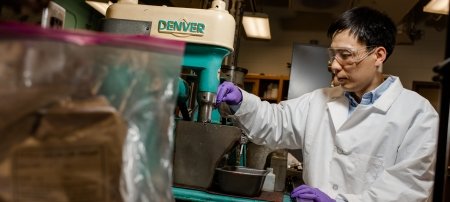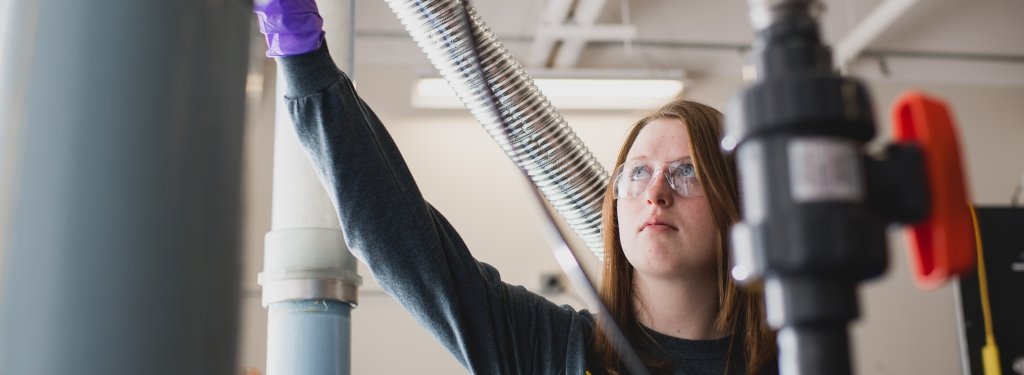Forests Could Benefit When Fall Color Comes Late
Do those fall colors seem to show up later and later—if at all? Scientists say we can blame increasing amounts of carbon dioxide in the atmosphere for prolonging the growing season of the trees. And that may actually be good news for forestry industries.
Writing in the current issue of the journal Global Change Biology, Michigan Technological University Professor David F. Karnosky and colleagues from two continents present evidence that rising carbon dioxide levels in the atmosphere act directly to delay the usual autumn spectacle of changing colors and falling leaves in northern hardwood forests.
“Basically, this is a good-news story for our region’s forests,” said Karnosky. “It suggests that they will become a bit more productive due to the extra carbon being taken up in the autumn, along with the increased photosynthesis throughout the growing season.”
The Michigan Tech professor of forest resources and environmental science and colleagues from Illinois, Wisconsin, Belgium, England, Estonia and Italy collected and analyzed data over two years on what they call “autumnal senescence” or the changing of colors and falling of leaves as photosynthesis decreases. They studied forests near Rhinelander, Wisconsin, and Tuscania, Italy.
They found that the forests on both continents stayed greener longer as CO2 levels rose, independent of temperature changes. However, the experiments were too brief to indicate how mature forests may be impacted over time. Also, Karnosky’s research in Wisconsin suggests that other factors, such as increasing ozone levels in the part of the atmosphere closest to the ground, can negate the beneficial effects of elevated carbon dioxide.
The study’s results are another example of an expanding body of scientific evidence that global climate change is affecting the world’s forests. There has been plenty of evidence gathered previously to show that increased carbon dioxide in the atmosphere is causing tree growth to begin earlier in the spring, but until now, most scientists believed that other factors, such as temperature and length of day, were the primary elements influencing autumnal senescence.
Michigan Technological University is an R1 public research university founded in 1885 in Houghton, and is home to nearly 7,500 students from more than 60 countries around the world. Consistently ranked among the best universities in the country for return on investment, Michigan's flagship technological university offers more than 185 undergraduate and graduate degree programs in science and technology, engineering, computing, forestry, business, health professions, humanities, mathematics, social sciences, and the arts. The rural campus is situated just miles from Lake Superior in Michigan's Upper Peninsula, offering year-round opportunities for outdoor adventure.




Comments